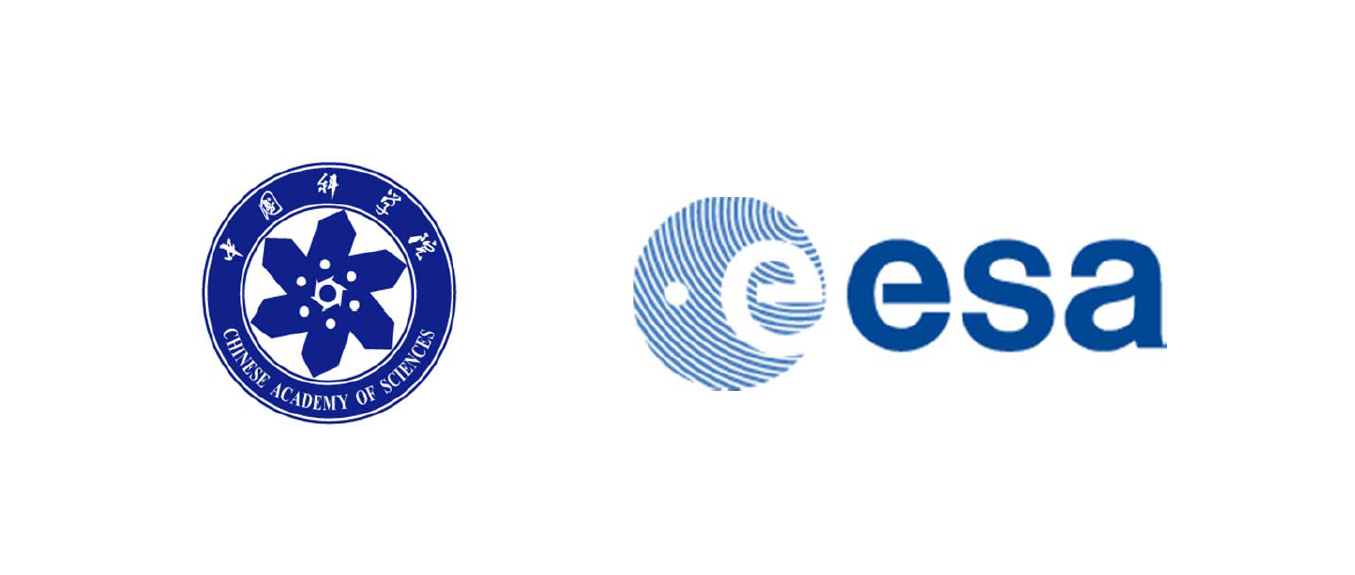China and Europe Will Team Up for Robotic Space Mission

China and Europe aim to launch a joint space-science mission by 2021.
On Monday (Jan. 19), the Chinese Academy of Sciences (CAS) and the European Space Agency (ESA) issued a call for proposals for a robotic space mission that the two organizations will develop jointly.
"The goal of the present Call is to define a scientific space mission to be implemented by ESA and CAS as a cooperative endeavor between the European and Chinese scientific communities," ESA officials wrote in a statement Monday. "The mission selected as an outcome of the present Joint Call will follow a collaborative approach through all the phases: study, definition, implementation, operations and scientific exploitation." [Latest News About China's Space Program]
All proposals must be signed by two lead investigators, one based in Europe and the other in China, ESA officials said. Proposals are due by March 16, and the peer-review process will start in April. Mission selection is expected to occur in late 2015, followed by six years of development, with a launch in 2021.
The call envisions a low-budget mission, saying that ESA and CAS are each prepared to contribute about 53 million euros (U.S. $61.5 million at current exchange rates). The spacecraft must weigh less than 661 lbs. (300 kilograms) at launch and be designed to operate for at least two to three years, ESA officials wrote in the call for proposals.
ESA has a long history of collaboration with other space agencies. For example, the agency has worked extensively with NASA over the years on a number of efforts, including the International Space Station, the Hubble Space Telescope and the Cassini-Huygens mission to Saturn.
ESA is also working with Russia on the ExoMars mission, which aims to launch an orbiter and a life-hunting rover to the Red Planet in 2016 and 2018, respectively. (NASA was Europe's original partner on ExoMars but pulled out in 2012 due to budget issues.)
Breaking space news, the latest updates on rocket launches, skywatching events and more!
The 2021 mission won't be ESA's first collaboration with China, either. For instance, the European/Chinese Double Star mission launched two satellites to Earth orbit in 2003 and 2004 to study the planet's magnetosphere. Double Star remains operational today.
The new call for proposals grew from two 2014 workshops that promoted cooperation between Chinese and European scientists. (One of the workshops was held in China in February, the other in Denmark in September.) ESA and CAS officials released a "pre-announcement" of the call on Nov. 28.
Follow Mike Wall on Twitter @michaeldwall and Google+. Follow us @Spacedotcom, Facebook or Google+. Originally published on Space.com.

Michael Wall is a Senior Space Writer with Space.com and joined the team in 2010. He primarily covers exoplanets, spaceflight and military space, but has been known to dabble in the space art beat. His book about the search for alien life, "Out There," was published on Nov. 13, 2018. Before becoming a science writer, Michael worked as a herpetologist and wildlife biologist. He has a Ph.D. in evolutionary biology from the University of Sydney, Australia, a bachelor's degree from the University of Arizona, and a graduate certificate in science writing from the University of California, Santa Cruz. To find out what his latest project is, you can follow Michael on Twitter.
